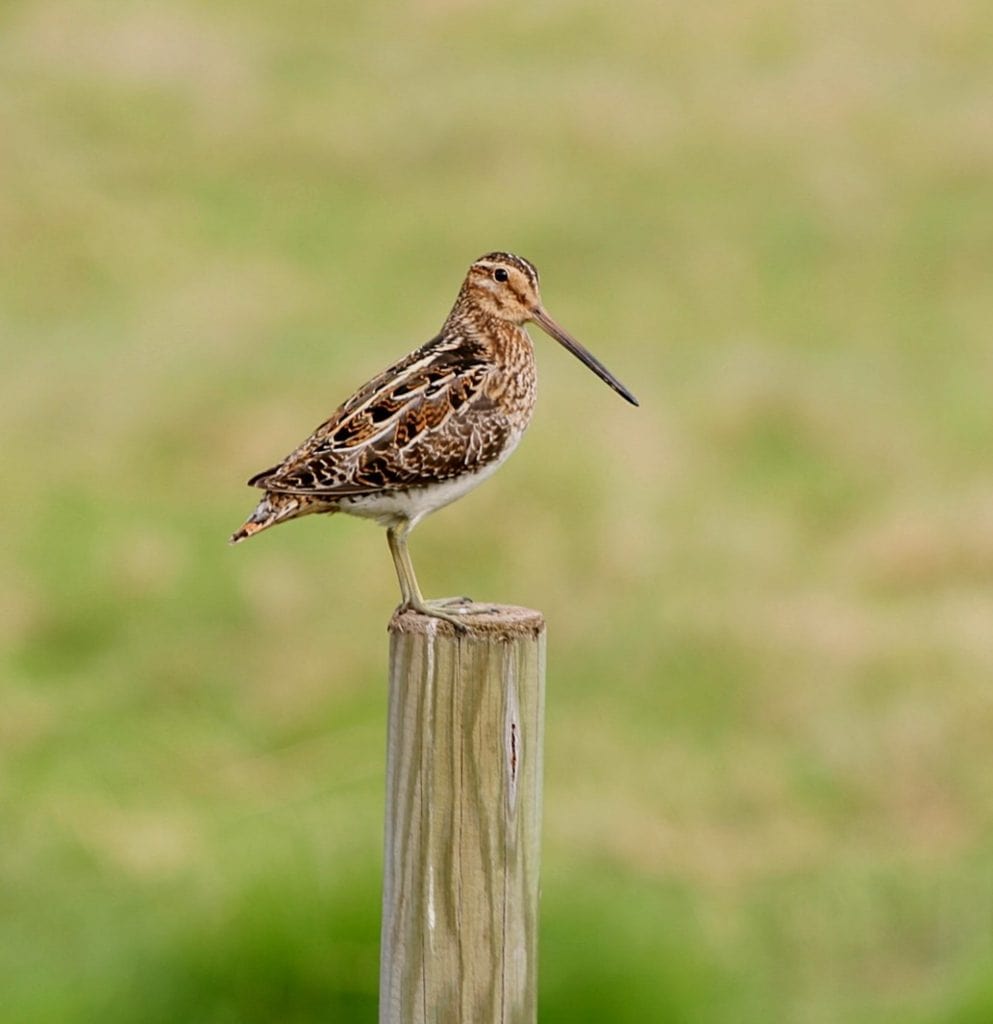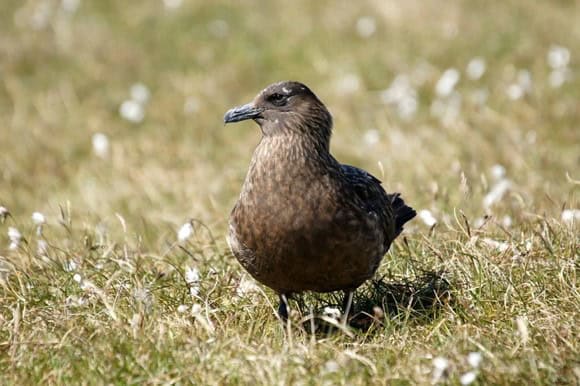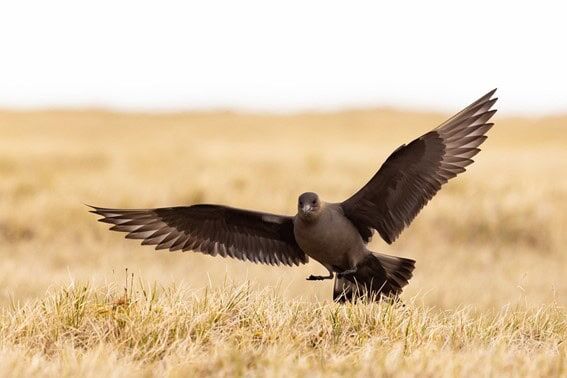5 off the beaten track adventures & destinations

5 off the beaten track adventures & destinations
Iceland at last! You have finally arrived at the international airport, tired, but excited to watch Iceland’s most beautiful landmarks, eat the amazing local food, and enjoy observing the unmistakable… birds?
Yes! Iceland is home to many species of birds that paint the sky during all year. Even if the best moment for seeing and hearing these flying artists is the beginning of summer, between the 15th of May and the 15th of June, there are plenty of different birds populating the island during the whole year.
Summer is the best for birdwatching because of the midnight sun, and well, good luck seeing something in winter. Unless you have eyes that see in the dark. In winter, there are only between 3–6 hours of light in a day that can be made use of. And this is without counting the volatile weather. It is possible, and a very rewarding, yet challenging adventure.
What is birdwatching?
You have been doing your research on Icelandic tours. You have found that many offer birdwatching as an independent tour, or mention it as an activity, but what is it?
Well, the name is very describing. It is an activity in which you can get to know several of the species that have presence in Iceland. It consists mainly to observe a bird, flock, murder (flock of ravens, homicides are illegal) … and keeping track of the species you observe. When this is present in a tour description as an optional characteristic, this means that you are very likely to observe several species, their nesting places and singing. As a recommendation for beginners, we made a list below with some of the most common and some of the most special birds in Iceland, but there are hundreds of them for us to cover.
Apart from only noting them down to keep track of the species you get to observe, it is popular to have a “to see” list with the species that you are looking for. Who does not like a checklist?
Why is it popular among tourists?
It is usual to see birdwatching tours offered very close to Reykjavík, to observe the adorable puffins that populate the island of Akurey, a large colony naturally established on the island. Because of these creatures, this kind of birdwatching is very, very popular, and crowded by tourists. But what about other tours that do not center around birdwatching, but offer it as an activity included in the tour (as we do here at Local Adventures)?
This means that all around Iceland, you can see a variety of the boreal, subarctic, North American and European species that are either passing by, nesting in Iceland, or stay here for all year long. Having a lot of variety, colors, sizes… It is just an amazing sight, even for the untrained eye. And if your eyes do not want to collaborate and myopia is your companion, no need to worry, as there is nothing comparable to hearing the different singing voices during your hikes (and well, binoculars).
These flying creatures are popular with a reason, as they are just beautiful to observe, hear, and maybe even photograph. But remember, Iceland is not another reality where everything is permitted, and the law is very protective of these beings. Please observe them but remember to not leave anything in their environment. These, among all other living beings that will surround you in your adventure, are your hosts, and deserve respect.
What and where to see
Ready for birdwatching? Let us take a closer look at the most common species around Iceland, and remark some very special species.
The Harlequin Duck (Straumönd)

This colorful fellow is a quite common duck here in Iceland, easy to find in the ponds near Reykjavík. The colorful individuals are the male ducks, while the female ducks have a more uniform, brown coloration. Our flightless duck is very common to spot around Iceland, although it is more common at the north of the American continent.
The Puffin

Just look at this little guy, and you can understand why is he the protagonist of birdwatching for tourists here in Iceland. Small, round, and with a beak that changes colors during the year. It is an adorable little thing. You can find them at the Akurey island – also known as the puffin island – and 60% of their population resides here in Iceland. Although consider they do live all around Iceland so you will hardly miss them. Here at Local Adventures, we prefer to spot them in Dyrhólaey. Check our tour around Iceland!
The Eurasian Oystercatcher (Tjaldur)

This very characteristic bird can be widely found in the south of Iceland. Clearly recognizable by its eyes and beak, and it breeds along the coasts of Iceland. With its black and white suit, planes along the space where the green and black coasts meet the sea, not trying to pass unperceived. When they nest, is usually in gravely terrain, near the coast or in gravely inland territory.
The Northern Fulmar (Fýll)

This gull-like seabird is found around the coasts of Iceland. It likes to put their nests in grassy ledges and usually does within a colony. So if you see one, it means there are probably more around! This winter resisting, cute little fellow can appear in the light version (as in the picture) or a dark one. Ranging from white as snow and dark like ashes… pretty fitting for our country!
The Common Snipe (Hrossagaukur)

The Common Snipe is a migrating bird that breeds here in Iceland, and one of my personal favorites. The males during courtship, migration, breeding or in the crepuscular part of the day, do an amazing sound known as drumming, in which they go in circles in the sky only to dive. This dive is accompanied by the vibration of their tail feathers making a unique, mechanical sound, similar to the bleating sound of a sheep or goat.
The Great Skua (Skúmur)

The great skua can be found all year long in Iceland, as it is prepared for any climate and thrives in the northern Atlantic region. Its coloration varies from a lighter brown and yellow in their youth to a deeper brown, grayish coloration in their maturity. They have a powerful flight and breeds along rocky coasts. Although we do not encourage approaching any birds nest, we specially warn about this one. If you are seen near the nest by the parents, be warned – they aim for the head.
The Arctic Tern (Kría)

The arctic tern is characterized by its whiteness, but even more, this bird migrates from the Arctic to the Antarctic areas every year, doing 19.000 kilometers (12.000 miles) every year! It breeds in the northern hemisphere, then it goes back to the Antarctic areas for the winter, as it is not winter in the southern hemisphere, enjoying a permanent (if quite cool) summer.
The Parasitic Jaeger

The parasitic jaeger comes in three different aspect ratios, called morphs, ranging from lighter to darker. While it breeds here in Iceland, it spends most part of the time in the Southern Hemisphere, always close to the coasts. But why parasitic? The name comes from its practice of stealing recently hunted prey from other birds. Their main theft preys are gulls and terns.
The Gyrfalcon

The gyrfalcon, the largest falcon on earth. Proud shield bearer of the coat of arms in Iceland as one of its symbolic defenders. They are mainly spotted in the Icelandic Highlands, East Fjords, and Westfjords, as well as northern mountains. The sight of this creature was reserved for the royalty in medieval times. They were the only people allowed to befriend such a creature through the art of falconry. They are not usually aggressive towards humans, but this depends on the individual. Sighting one is a gift one treasures for a lifetime. They are very silent in their flying and their feathers allows them to camouflage within the area.
The Raven (Hrafn)

Embroiled within the history of Iceland itself, the raven is a creature said to guide Hrafna-Flóki Vilgerðarson, to our country to begin the first settlement. Being part of the founding myths of Iceland, and one of the major symbols in Nordic mythology, on the sight of one of these regal birds one can understand why. An absolute dark bird, with colorful shines if the sunlight hits it, and an amazing wingspan of around 150 cm. This bird is reverenced, respected, and integrated in the local superstition to this day. It is an intelligent, mischievous creature, that inspired poets and historians, kings and farmers. It is the only bird in Iceland to not only have a name, but a friendly nickname, krummi.
Is it actually fun to do birdwatching?
Yes. For the casual participant, this is a very entertaining activity. It involves concentrating on your surroundings and not thinking about Monday, when you come back from Iceland and must go back to your job. Jokes aside, it is an activity that connects you better with the nature you are visiting. It gives you insights of the place, coded into the birds’ habits and lifestyle. An explanation to why locals relate to each bird the way they do.
This is not a complete guide on which birds populate Iceland, just some of our guides´ favorites, as there are hundreds of specimens around Iceland during all year. These are easily located here, during the breeding season. Usually during the summer, and that means you are just in time to get here and enjoy the sight and singing of the most cute, majestic, and astonishing creatures. We at local adventures will be more than happy to guide you through the most breathtaking landmarks while also, catching a glimpse of the rich wildlife that populates our lands.
All Categories





